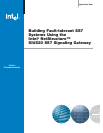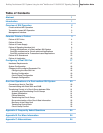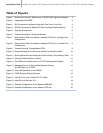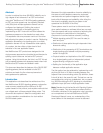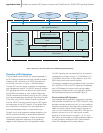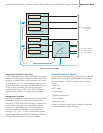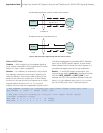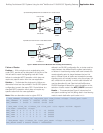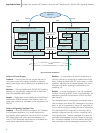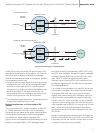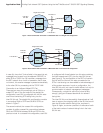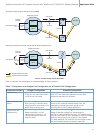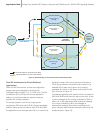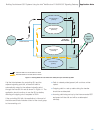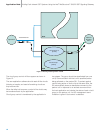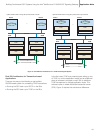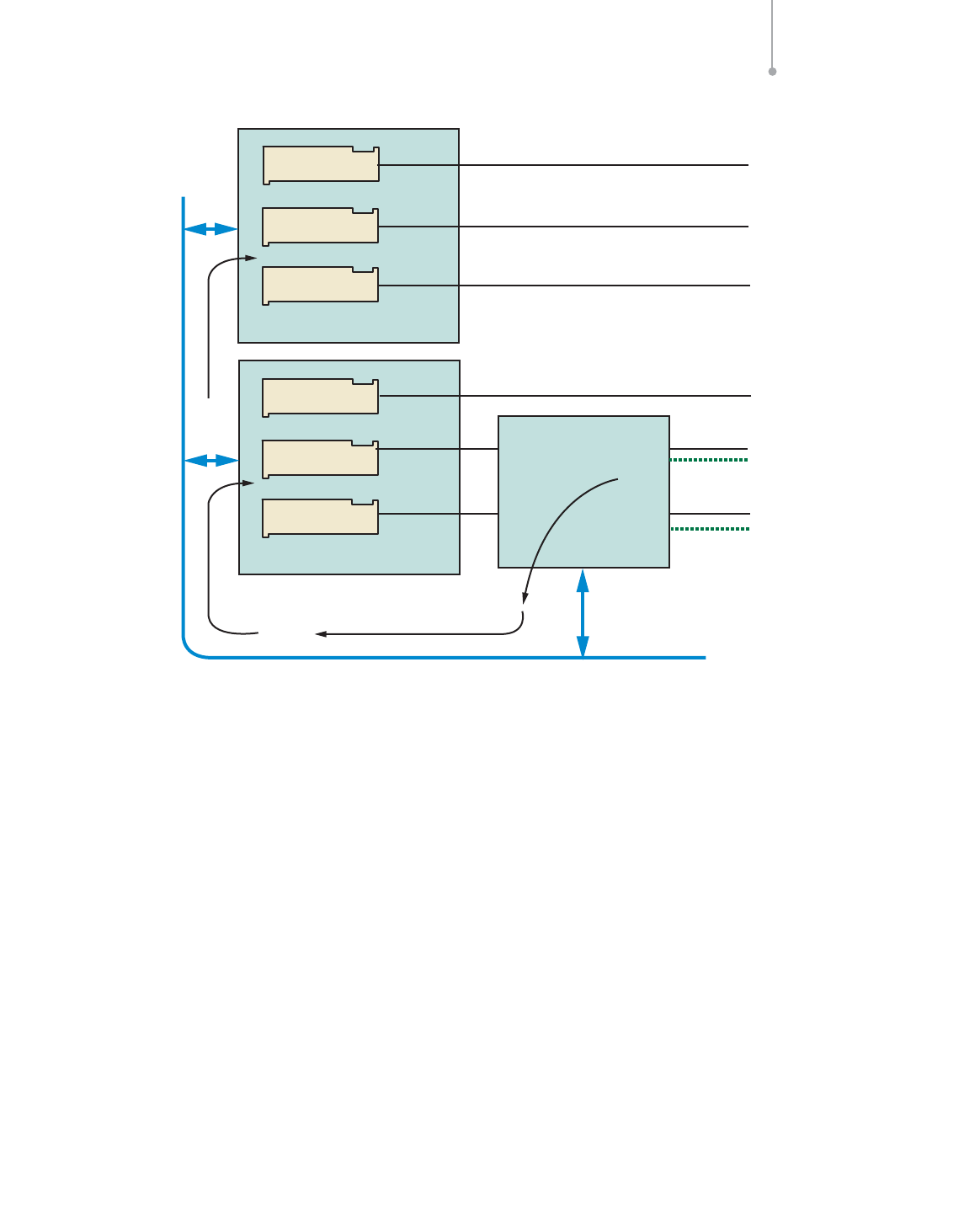
Transaction-based API Operation
TCAP-based applications can be distributed on multiple
application hosts using two different methods which are
explained in details further in this document (see “Failure
of Applications”, pg. 15). These methods imply running
TC-user application parts (such as GSM-MAP, INAP, or
IS-41) on each application host. When running any
application part above TCAP on the SIU520 itself, the
product allows operation of a single host application.
Management Interface
The SIU520 constantly monitors the state of its physical
connections, PCM trunk inputs, the communication
channel via TCP/IP Ethernet to the host processors and
reports status information to an application process
running on a user-defined host. The host elected to
receive management messages can be selected by
sending an API_MSG_COMMAND management request.
(See the Intel NetStructure SIU520 Developer’s Manual
for more information.) Host 0 is used by default.
Potential Points of Failure
In this section, the most critical points of failure of an Intel
NetStructure SIU520 SS7 signaling gateway-based sys-
tem are reviewed. The list of potential points of failure
include:
■
SS7 links
■
SS7 routes
■
Power supply
■
Signaling interface unit
■
IP subnetwork
■
Application host
For each of these points of failure, a solution is provided
and implementation details are given.
Building Fault-tolerant SS7 Systems Using the Intel
®
NetStructure™ SIU520 SS7 Signaling Gateway Application Note
3
}
}
CT Application Platform
CT Application Platform
E-1 or T-1 Trunks,
Voice Circuits
Only
E-1 or T-1 Trunks
with SS7 Channel
and Voice Circuits
Ethernet
SIU520
SS7
Information
Figure 2. Integrating the SIU520



